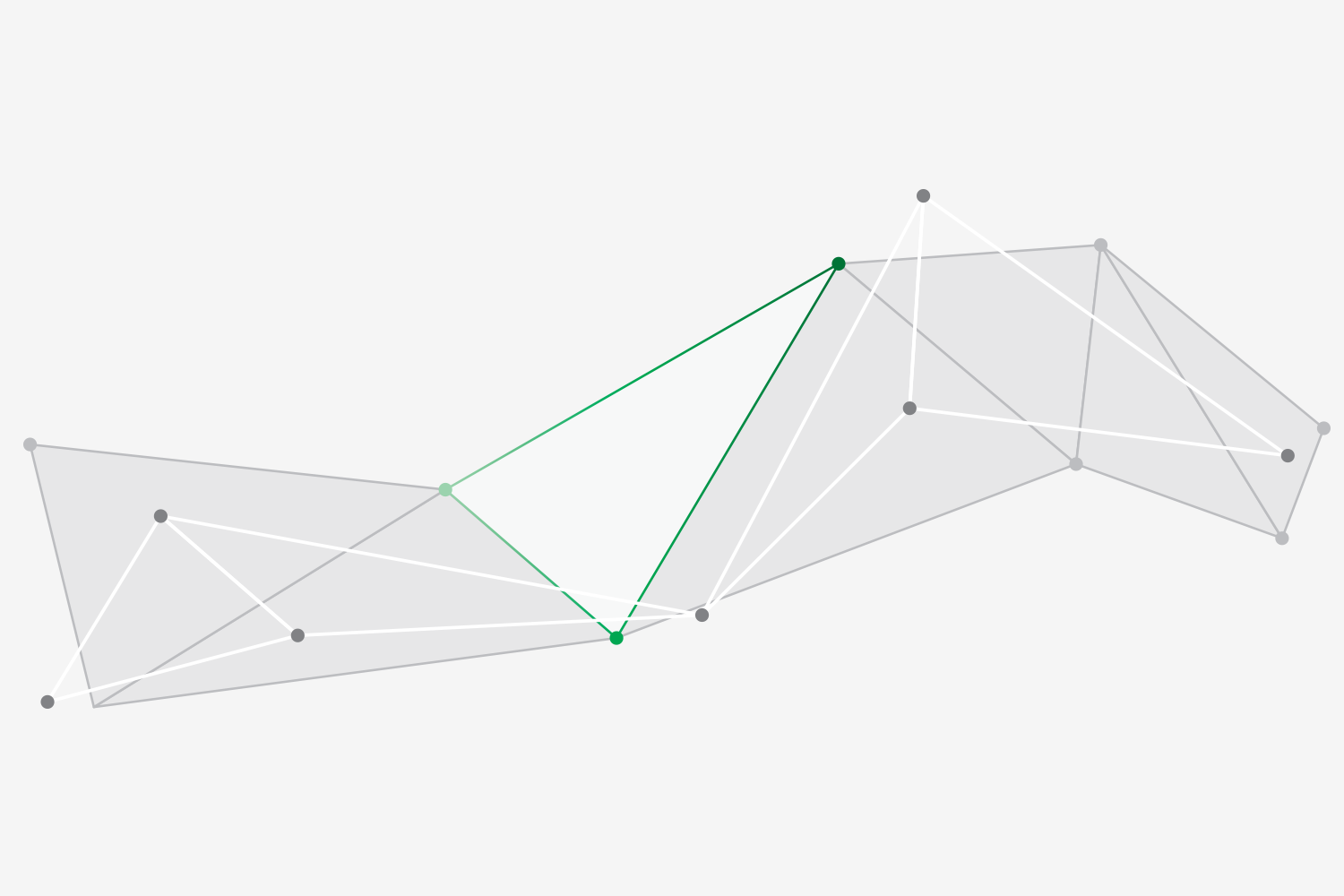Our Tendering & Costing services focus on helping clients develop value-engineered designs tailored to their capabilities, enhancing their competitiveness in tenders.
We evaluate key factors such as site conditions, material availability, construction timelines, and project budgets to provide a clear picture of the project's viability.


